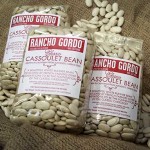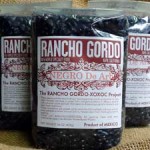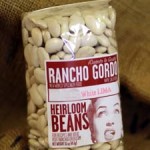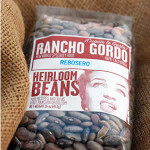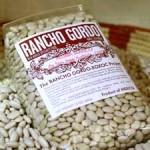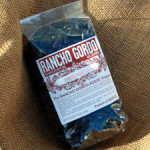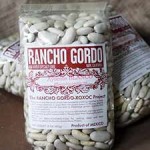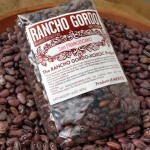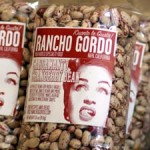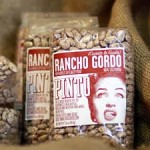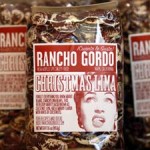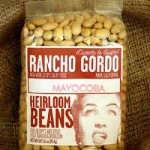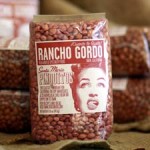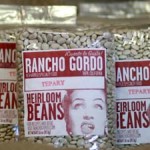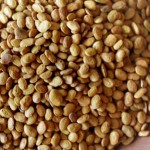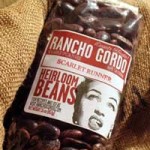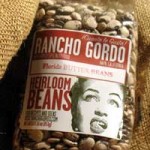 Do you remember the time when just having black beans to choose seemed new and exciting? I remember thinking they were so exotic compared to pintos and Great Northerns. Now, we have dozens of black bean varieties and each one is a little different. The Xculibul beans come from the state of Yucatan in Mexico, right near the border of Quintana Roo. I had them in a classic dish called Frijol con Puerco but they’d be great on their own. They have a rich, dense texture (that I find requires a little more time to cook) and a super chocolate-like broth.
Do you remember the time when just having black beans to choose seemed new and exciting? I remember thinking they were so exotic compared to pintos and Great Northerns. Now, we have dozens of black bean varieties and each one is a little different. The Xculibul beans come from the state of Yucatan in Mexico, right near the border of Quintana Roo. I had them in a classic dish called Frijol con Puerco but they’d be great on their own. They have a rich, dense texture (that I find requires a little more time to cook) and a super chocolate-like broth.
Of course you don’t need to cook Yucatan cuisine to enjoy them but if you do, it would be a shame to use ordinary black beans instead of these authentic legumes from the Rancho Gordo-Xoxoc Project. Your cochinta pibil will thank you, as will your Guajalote en escabeche. They’ve made the best bean fro refried beans I’ve found so far.
Dense and intense, the beans would be great in soups, salads, on their own or in recipes. The bean broth has a slight chocolate taste. You can up the ante by adding a teaspoonful of our Mexican chocolate once the beans are cooked. But just a little!
My favorite way to eat them is plain, with some cooked cactus paddles and requeson cheese.
